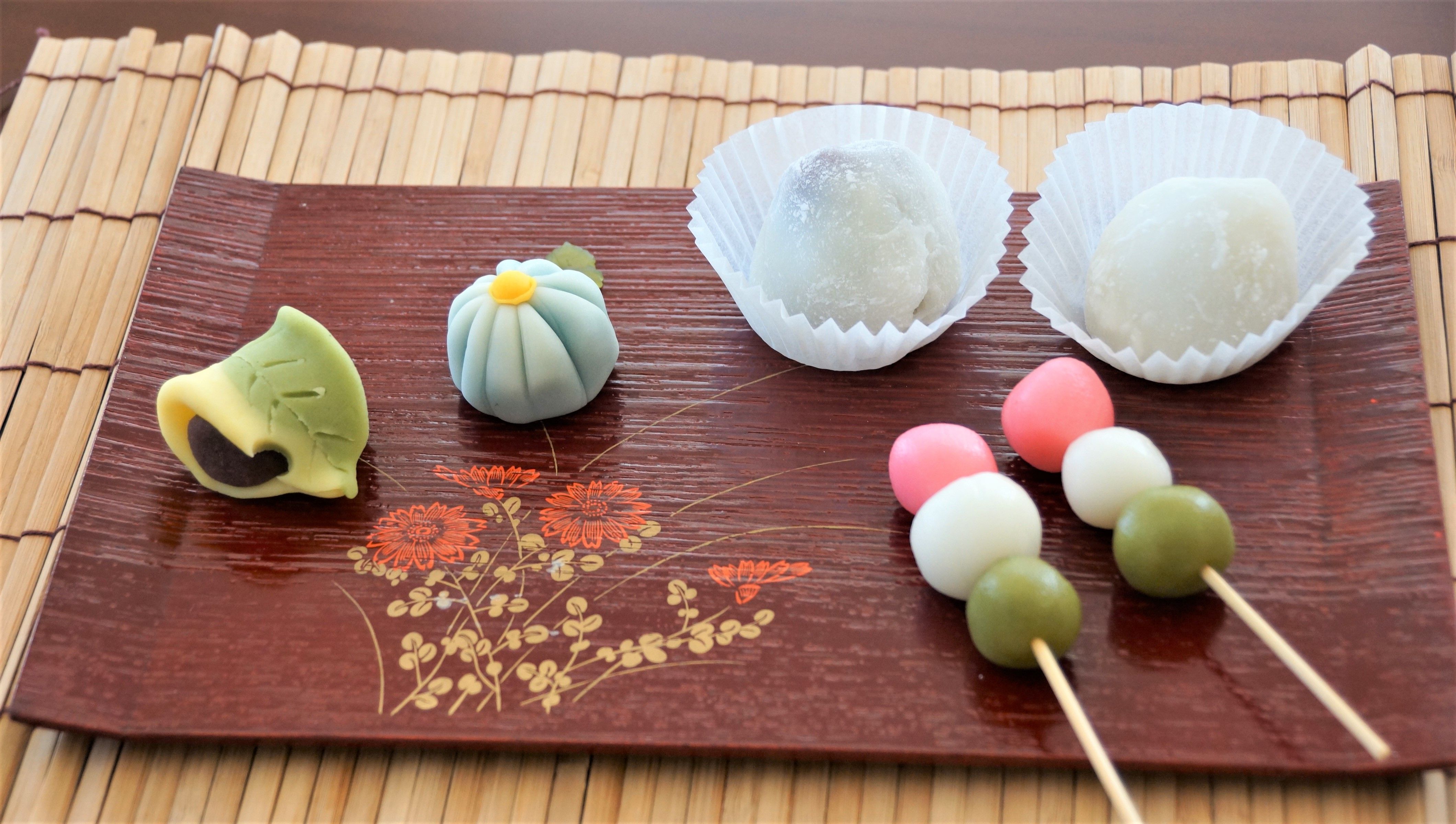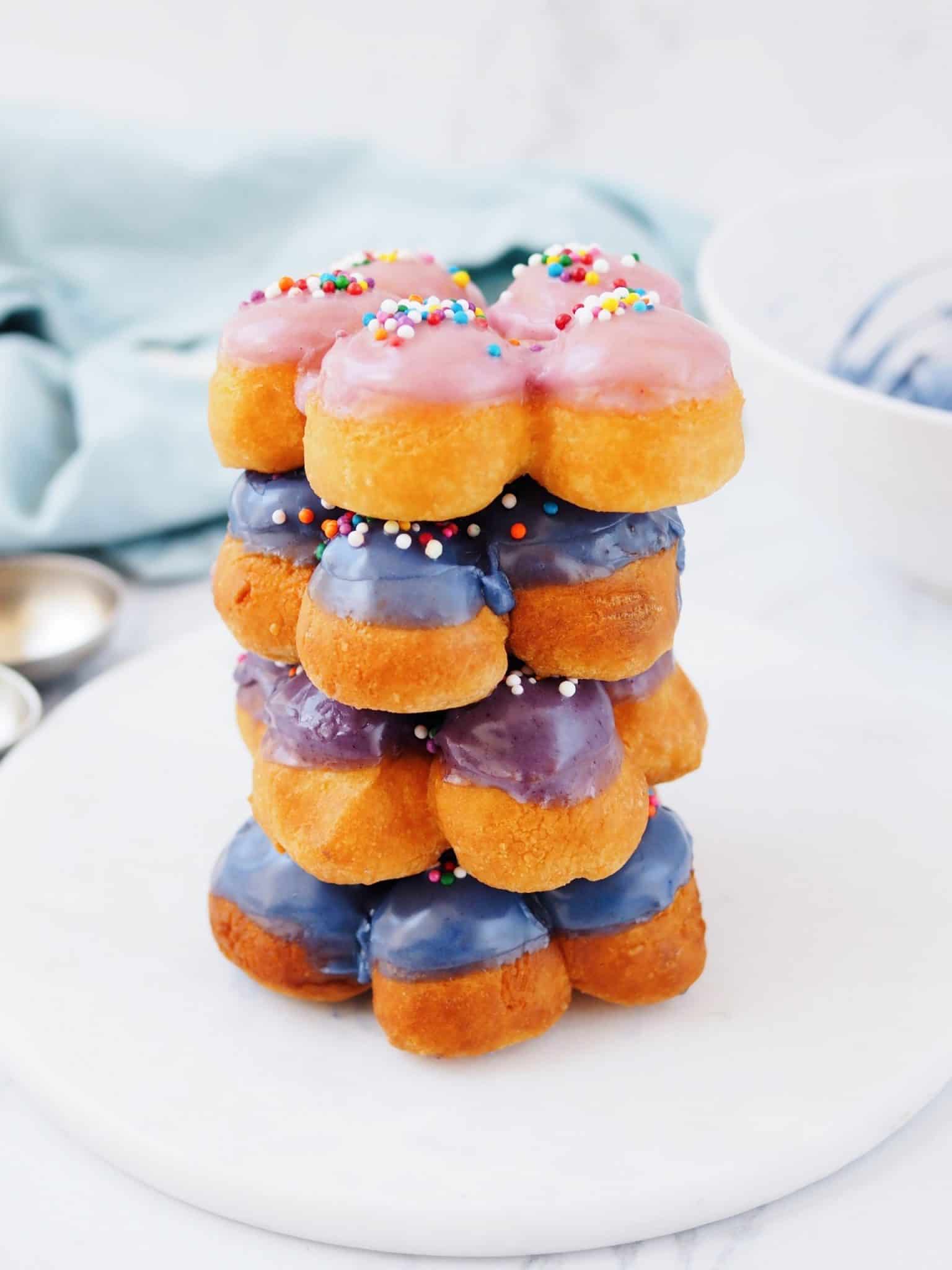

Mochi became particularly popular at New Year, when families came together and had the time to make mochi in the traditional way (which needs a lot of manpower!). Eating mochi on the first day of the year means you’ll combat the winter weather and travel safely through the coming months, while kagamimochi (鏡餅), or ‘mirror rice cakes’, are a staple part of New Year celebrations, placed at the family altar to bring luck for the new year.ĭuring the Edo period (1603-1868), mochi transitioned from being predominantly an offering to the gods and became a more mainstream part of Japanese culture. Mochi has also been significant in New Year’s celebrations as a symbol of nourishment and endurance. Mochi dates back to the Heian period (794-1185) or perhaps even longer ago, when people believed eating hardened mochi would help to strengthen their teeth and bones. What we do know is that the soup has been around since ancient times, along with the mochi rice cakes the soup contains, which have been part of Japanese offering culture for centuries. But it’s so much more than that.Īs ever, there are numerous theories about the origin of ozoni (お雑煮).

The general translation of ozoni is ‘mixed bowl’ – and in its simplest form, ozoni is made up of mochi (rice cakes) and boiled vegetables served together in a bowl of hot miso soup.

Eaten in the morning of New Year’s Day in Japan, a bowl of ozoni soup is a traditional home-cooked meal that brings good luck and good health for the coming year.


 0 kommentar(er)
0 kommentar(er)
